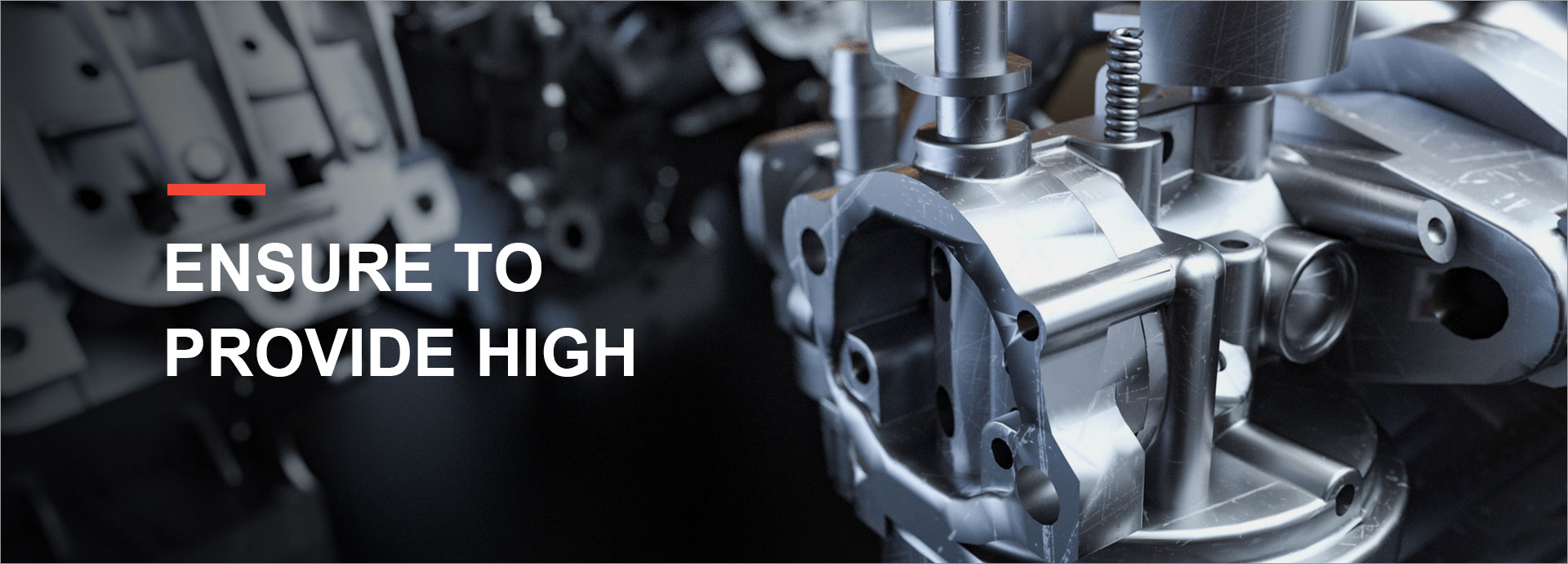Is the Geodesic Dome Tent Strong Enough for Extreme Weather?
When considering outdoor structures for extreme weather conditions, one type of tent often comes to mind: the geodesic dome tent. These unique architectural designs have gained popularity for camping, glamping, and even scientific research. But just how strong are they when faced with nature's most extreme elements?
Are you interested in learning more about Geodesic Glass Dome Tent? Contact us today to secure an expert consultation!
Understanding Geodesic Dome Tents
Geodesic dome tents are characterized by their spherical structure, constructed using a network of triangles. This innovative design allows for great strength and stability, making them attractive for various applications. However, opinions differ on their reliability in severe weather conditions.
Expert Opinions on Durability
To get a well-rounded insight into the capacity of geodesic dome tents to withstand extreme weather, we gathered insights from several industry experts:
Structural Integrity and Design
Dr. Emily Summers, an architect specializing in sustainable structures, notes, “The triangular framework of a geodesic dome distributes stress evenly across the shell, making it inherently strong. In terms of wind resistance, they perform exceptionally well." However, she also advises that the materials used in construction greatly influence performance; for instance, a Geodesic Glass Dome Tent made from durable polycarbonate will fare better than one fashioned from less durable fabrics.
For more information, please visit Glamping Tent.
Weather Resistance
Tom Richards, a camping gear expert, emphasizes the real-world testing of these tents. “While the design is undoubtedly strong, factors such as fabric quality, anchoring systems, and the foundation play critical roles in how well they hold up. An unanchored dome tent may struggle in high winds, regardless of its geometric advantages.”
Long-term Use in Extreme Conditions
Outdoor survivalist and expedition leader, Sarah Jenkins, shares her experiences: “I have used geodesic dome tents in various climates—from snowstorms in the Rockies to strong winds on the coast. The ones that stood the test of time were always the products built for extreme conditions, not those designed for casual camping.” She's a firm advocate for the Geodesic Glass Dome Tent, highlighting its ability to reflect UV rays while providing insulation, making it suitable for year-round use.
Best Practices for Using Geodesic Dome Tents in Extreme Weather
Based on the expert opinions shared, here are some best practices for ensuring that a geodesic dome tent can weather extreme conditions:
- Select High-Quality Materials: Choose a dome tent made from strong, weather-resistant materials for better durability.
- Secure Proper Anchoring: Ensure that your tent is properly anchored to withstand gusty winds. Consider using additional stakes or weights.
- Regular Maintenance: Inspect the dome for any wear and tear before each visit; regular upkeep can prevent larger issues.
- Appropriate Setup: Set up in a sheltered spot if possible, away from potential wind tunnels or falling branches.
Conclusion
In summary, while geodesic dome tents, particularly the Geodesic Glass Dome Tent, are generally designed to withstand extreme weather, their efficiency relies heavily on material quality, installation, and maintenance. Consulting with experts and adopting best practices can significantly enhance their performance in challenging conditions, making them a reliable choice for outdoor enthusiasts.
Contact us to discuss your requirements of Polycarbonate Dome Tent. Our experienced sales team can help you identify the options that best suit your needs.


